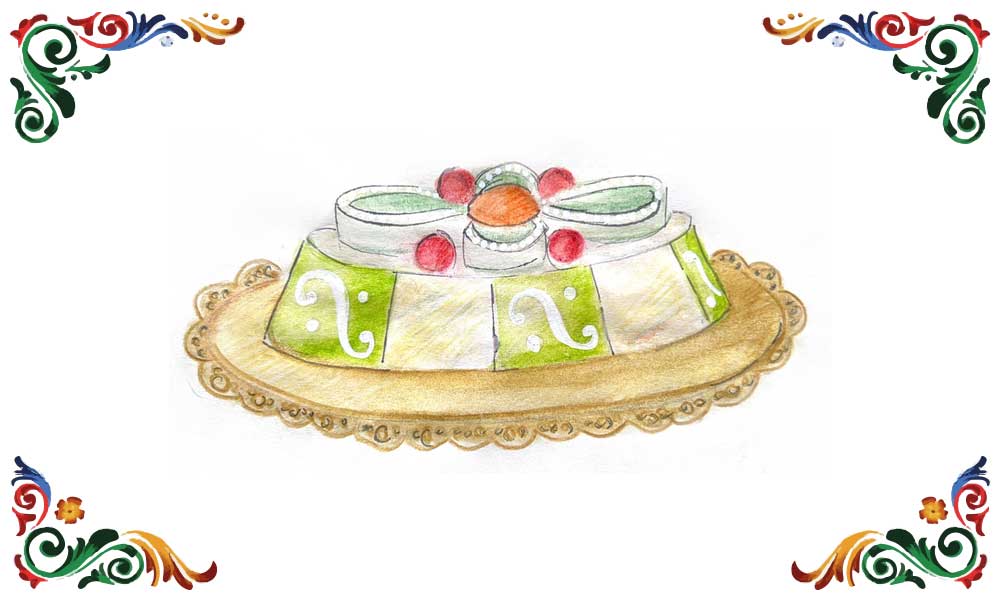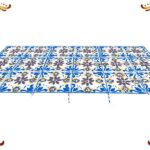
Cassata Siciliana
A Baroque triumph of sweetness, the queen of Sicilian pastry shops
The Cassata is the perfect example of how the succession of foreign dominations has given life to contaminations and stratifications, including the culinary ones. Its origin dates back to Roman age when a sweet made with flour, ricotta from sheep and honey was already prepared. Maybe the name “Cassata” comes from the Latin “caseus” (cheese).
During these centuries other ingredients were added to the recipe: Arabs brought brown sugar and almonds in Sicily. To the Norman period we owe the invention of almond pasta. With the arrival of the Spanish, sponge cake and chocolate were added.
The current version decadently decorated with icing and candied fruit is thanks to Gulì, a pastry chef from Palermo, who, during the exposition in Vienna in 1873, introduced this sweet as “Cassata alla Siciliana” for the first time.



